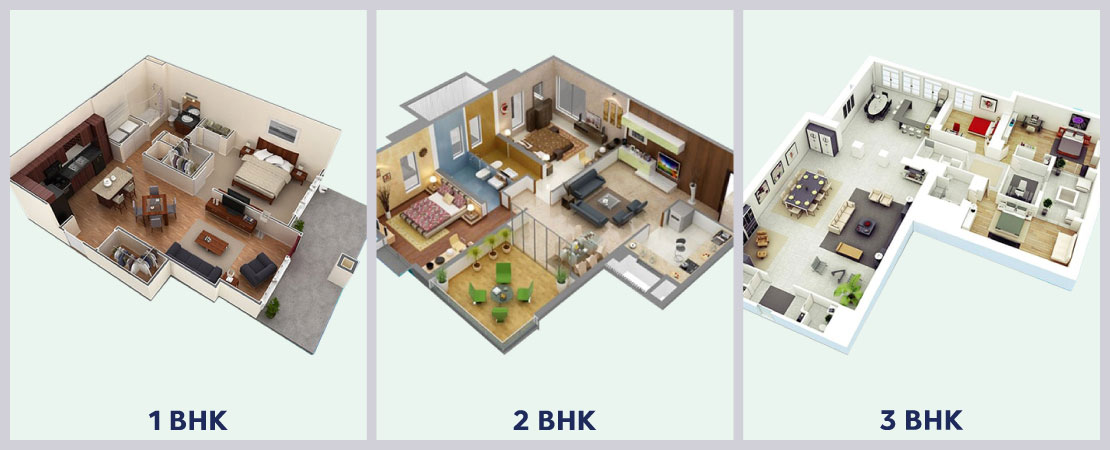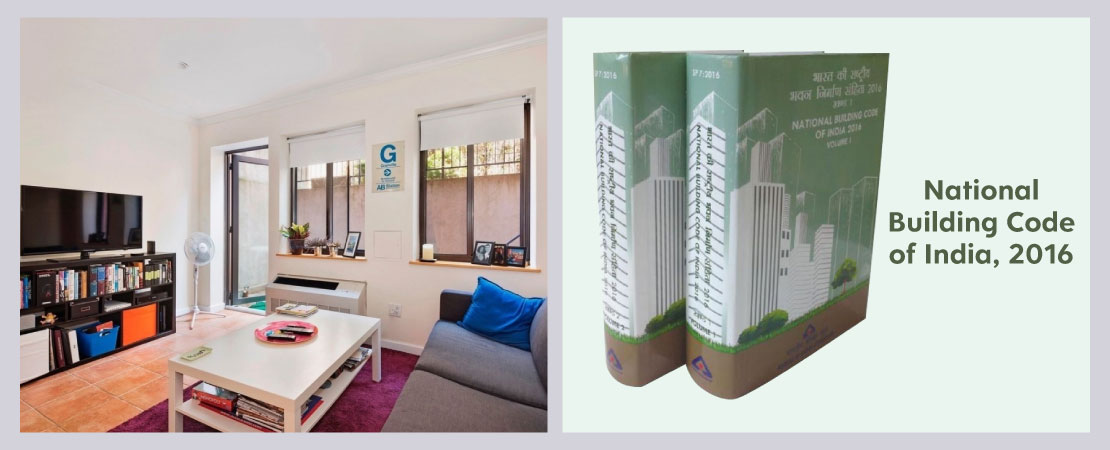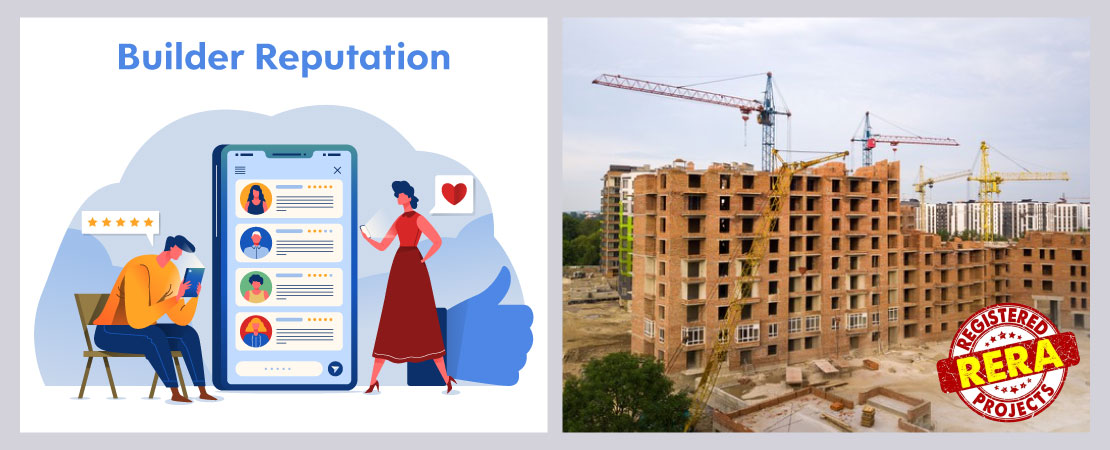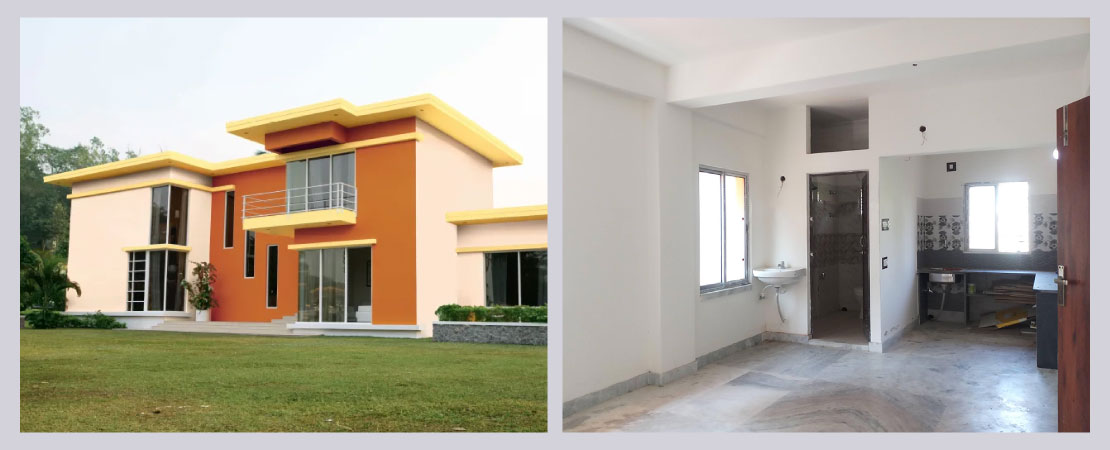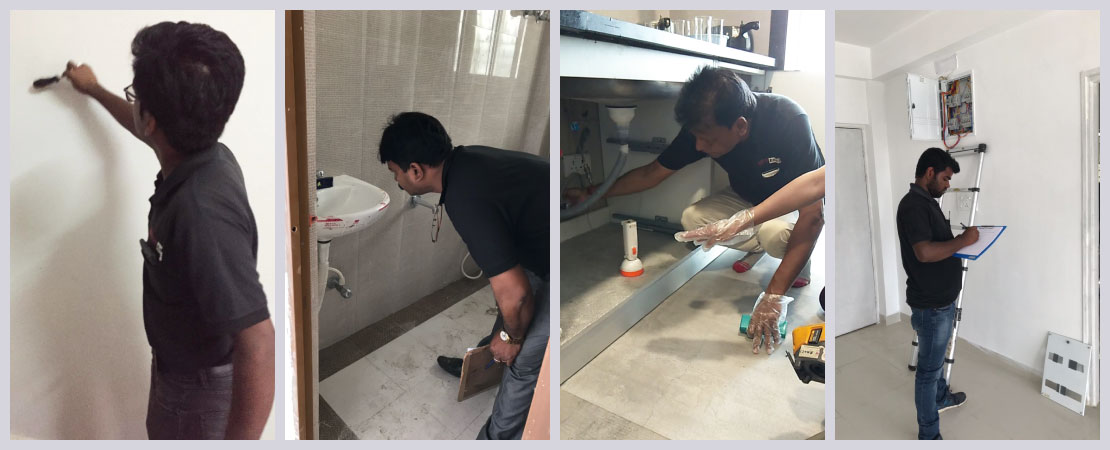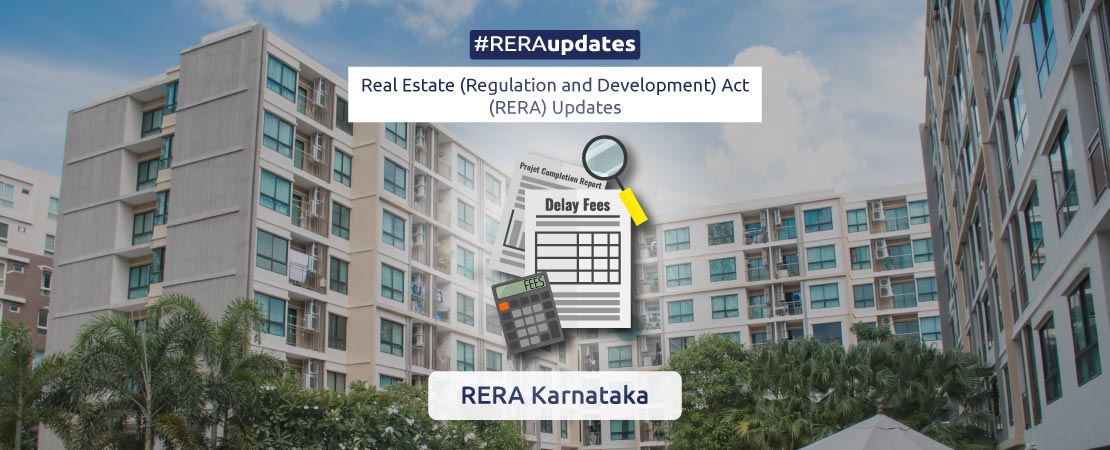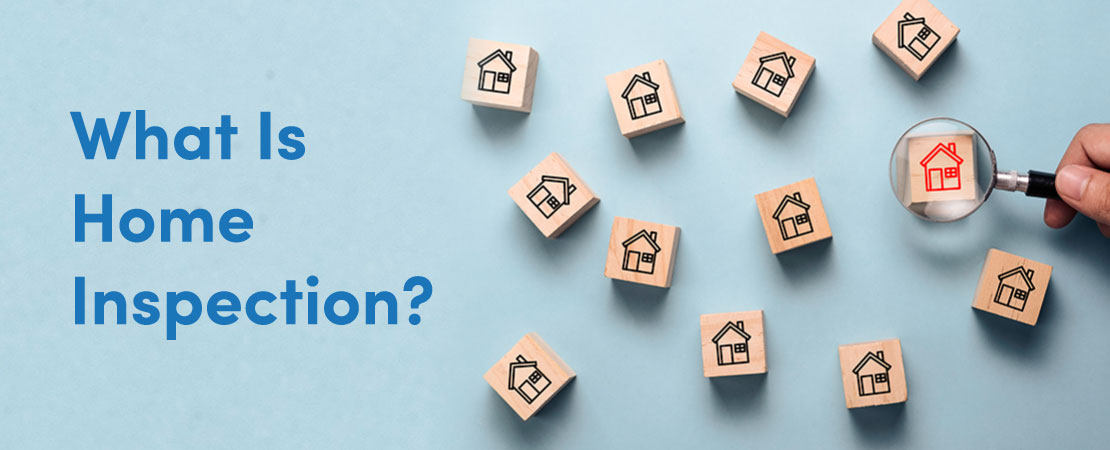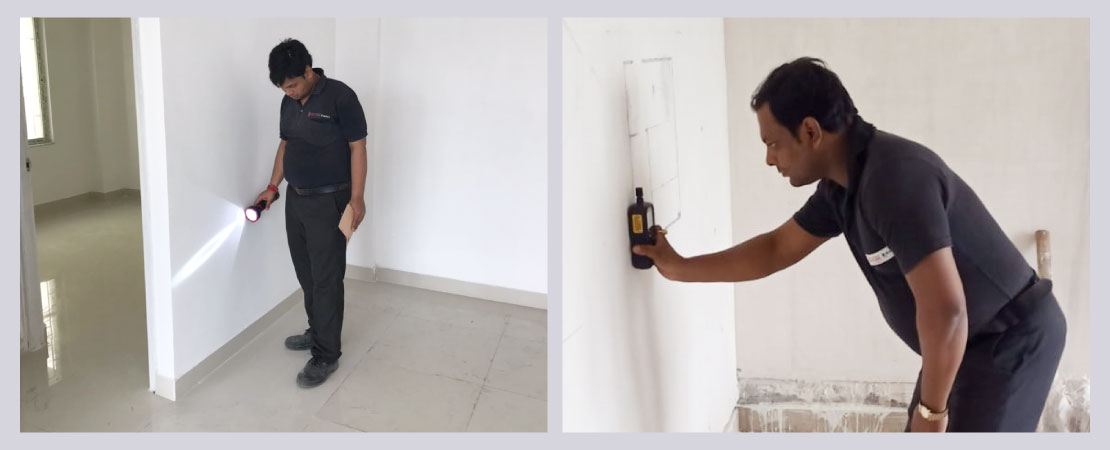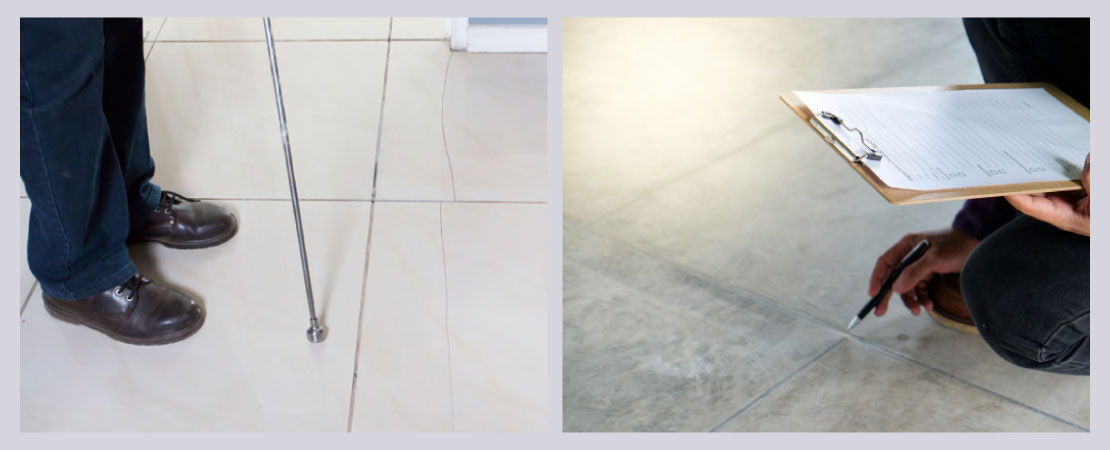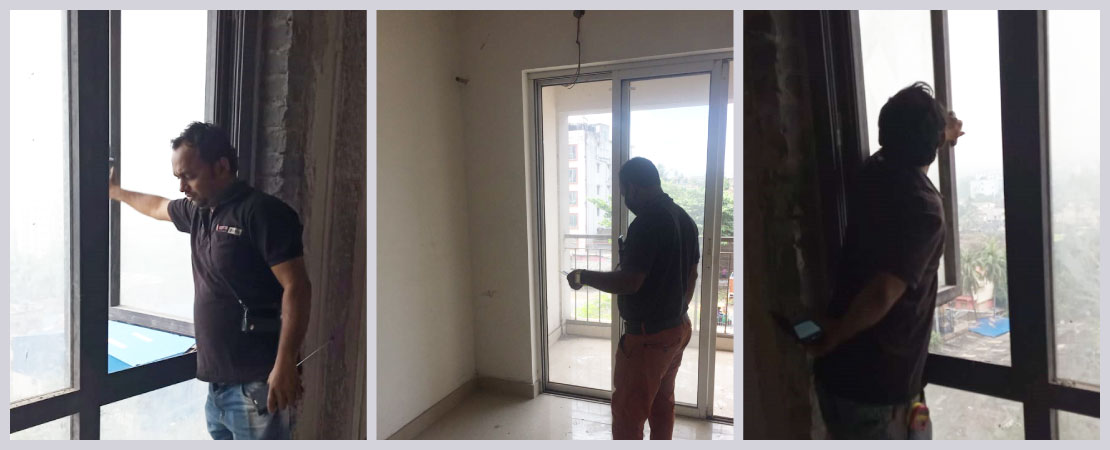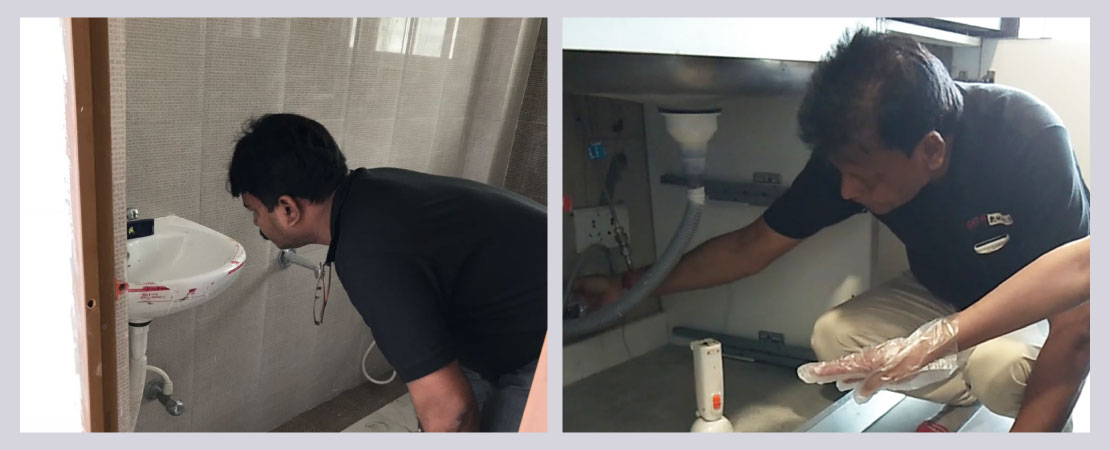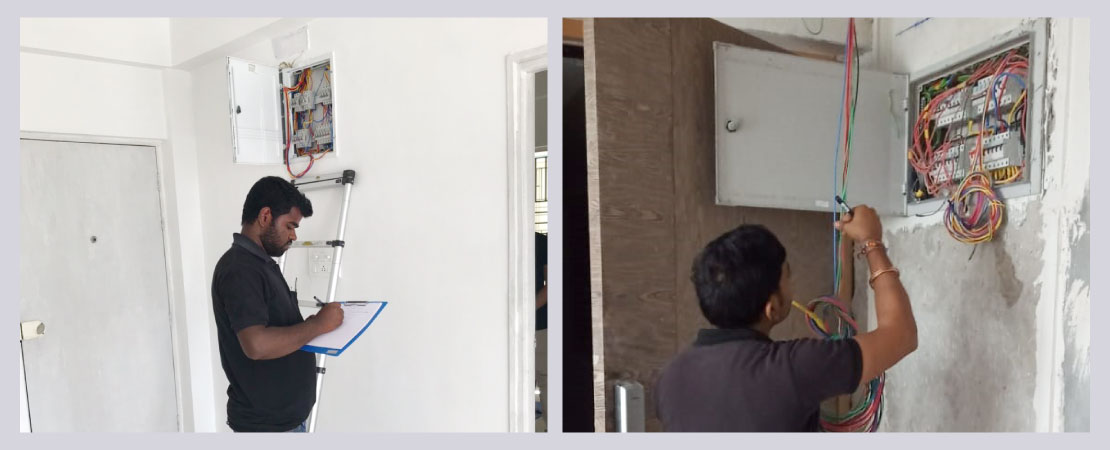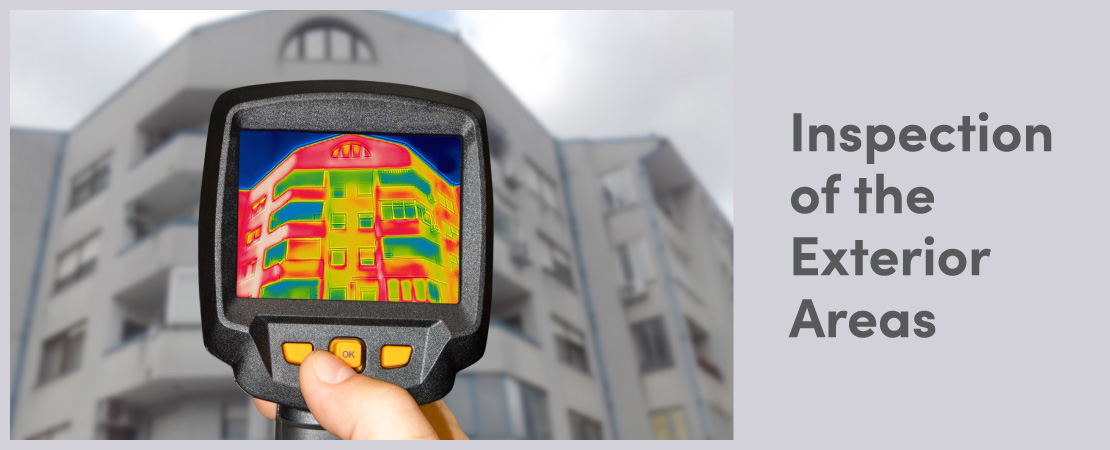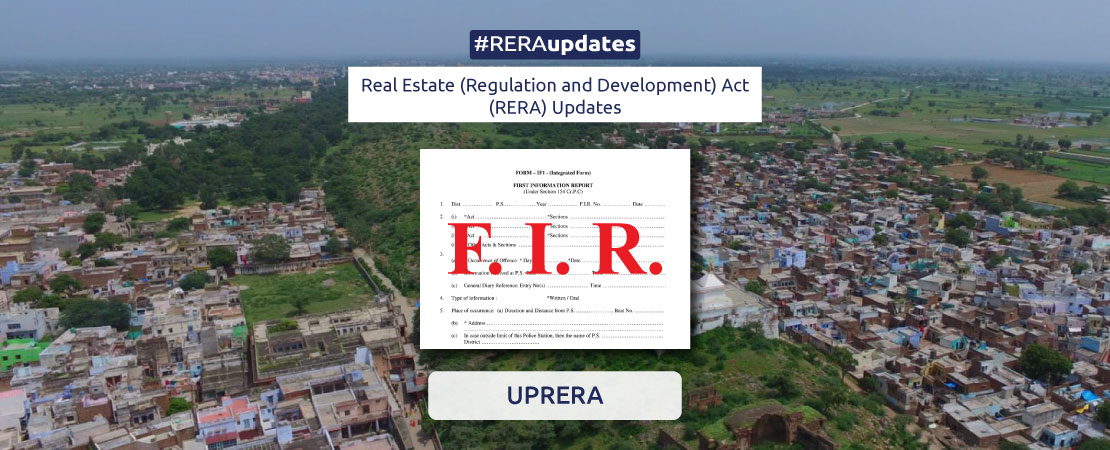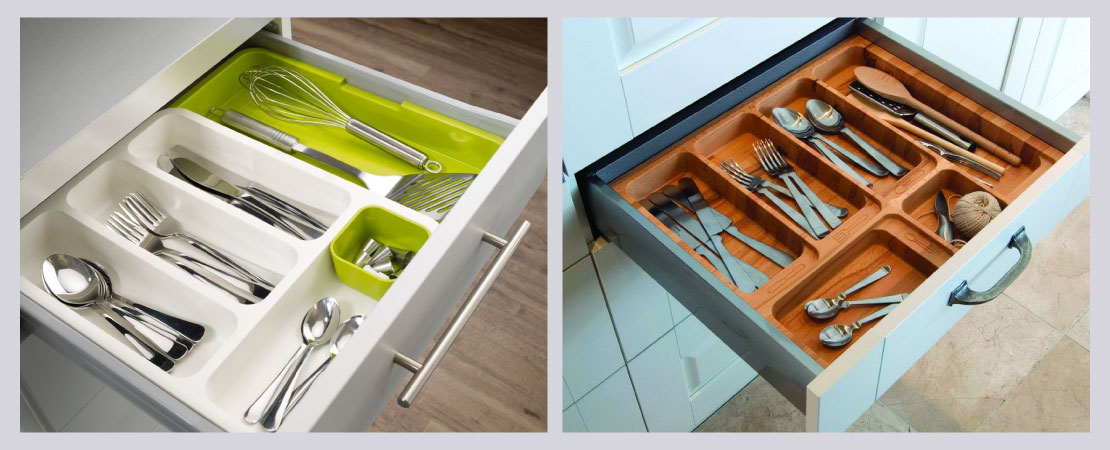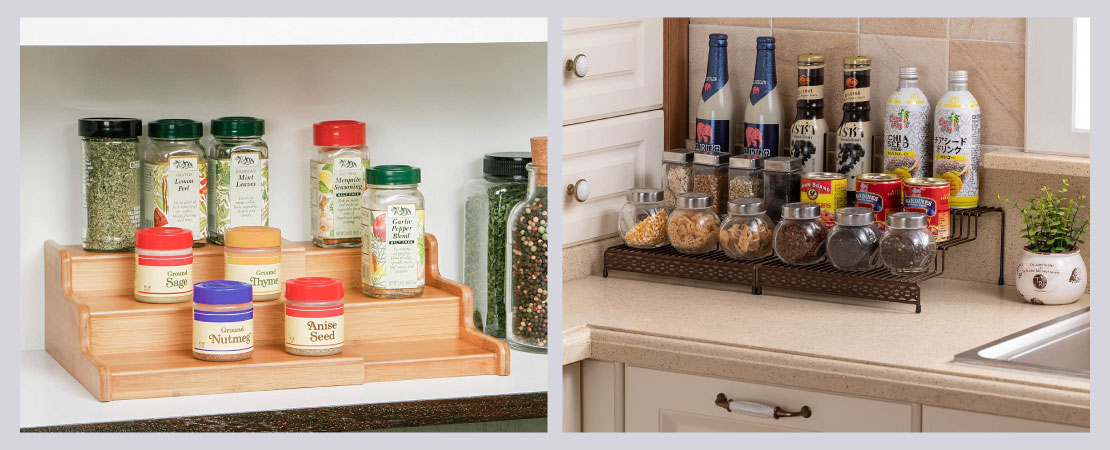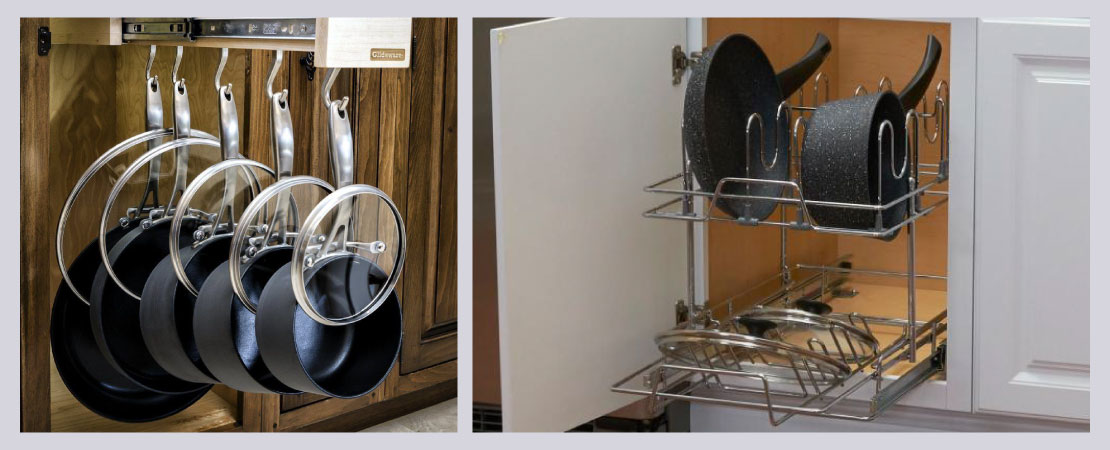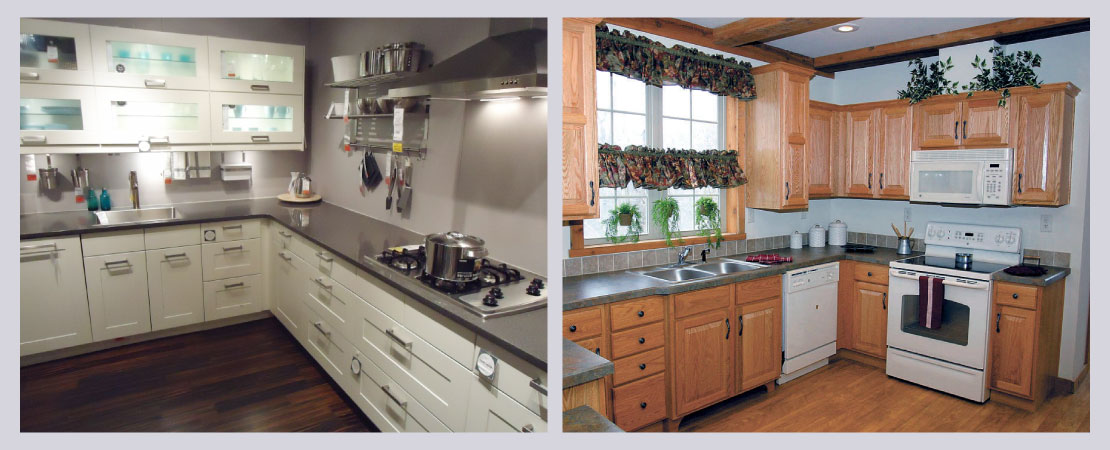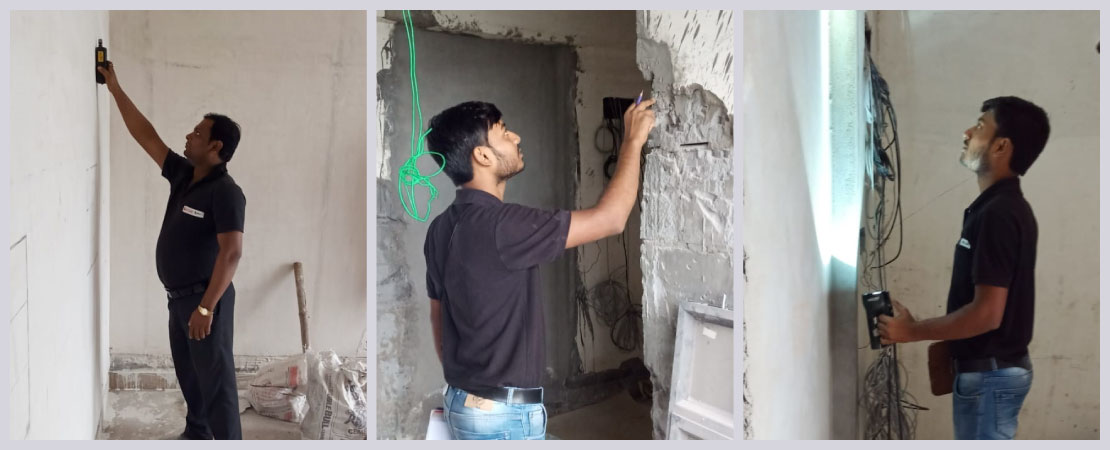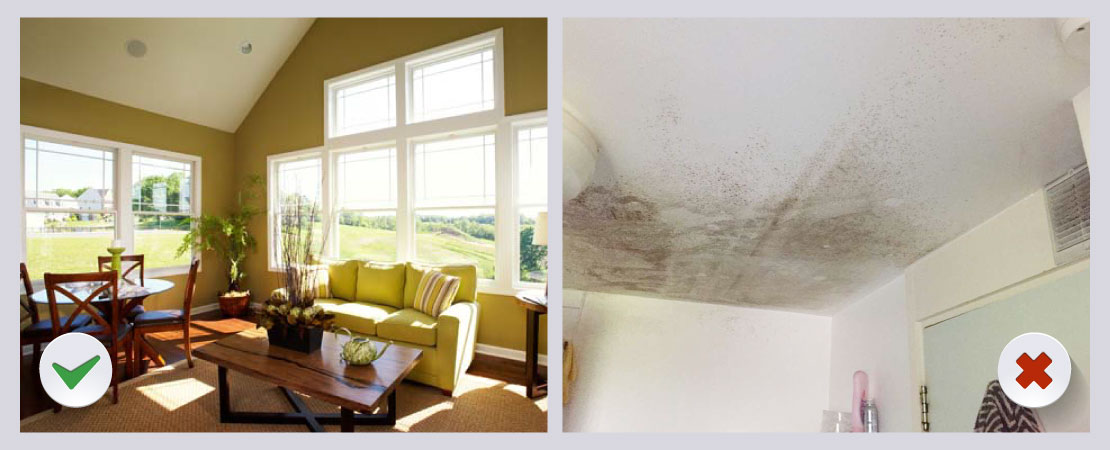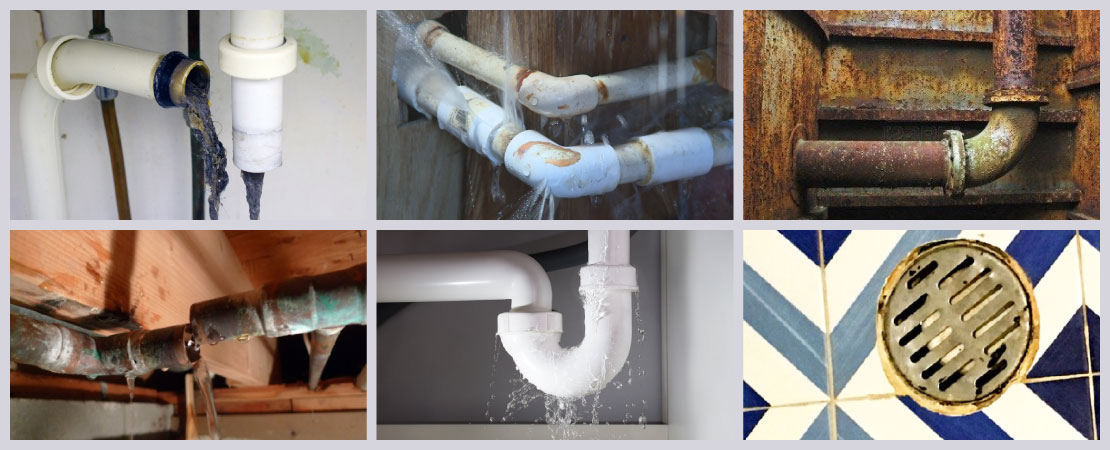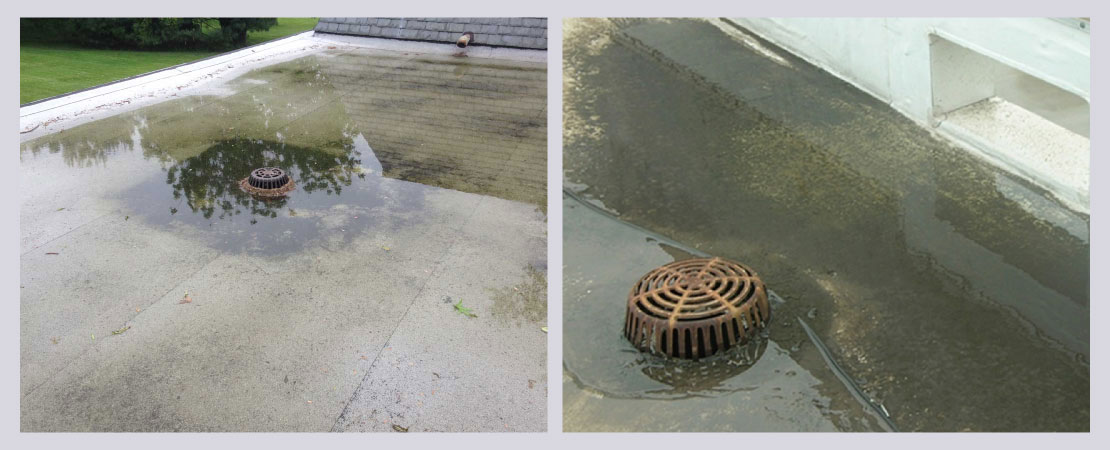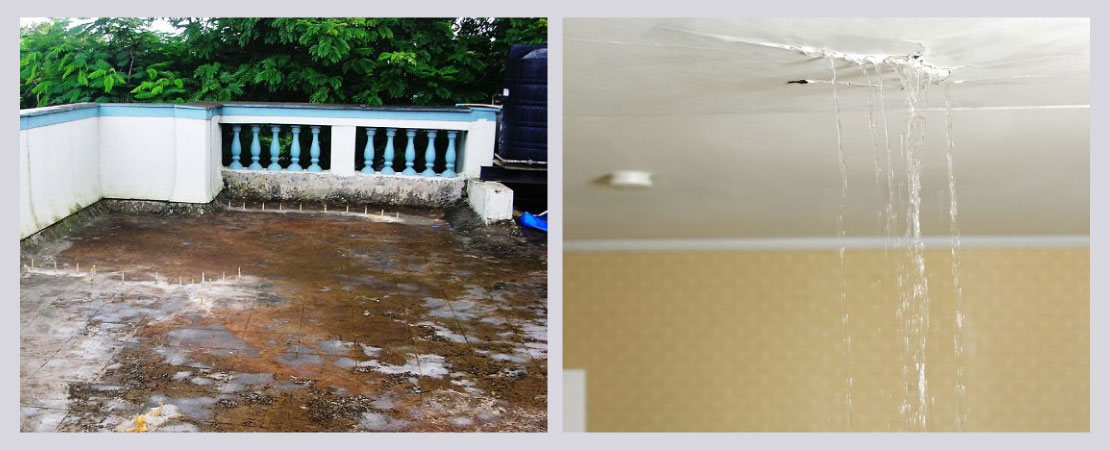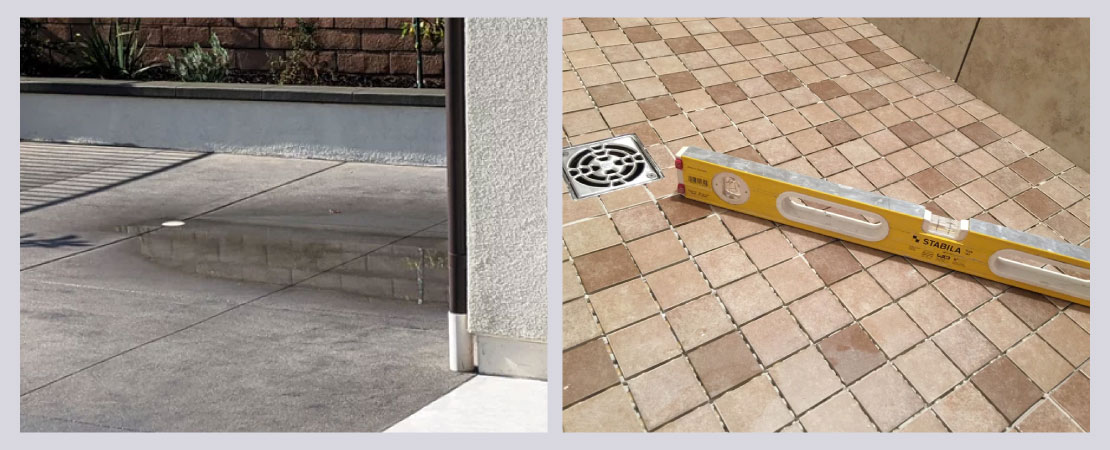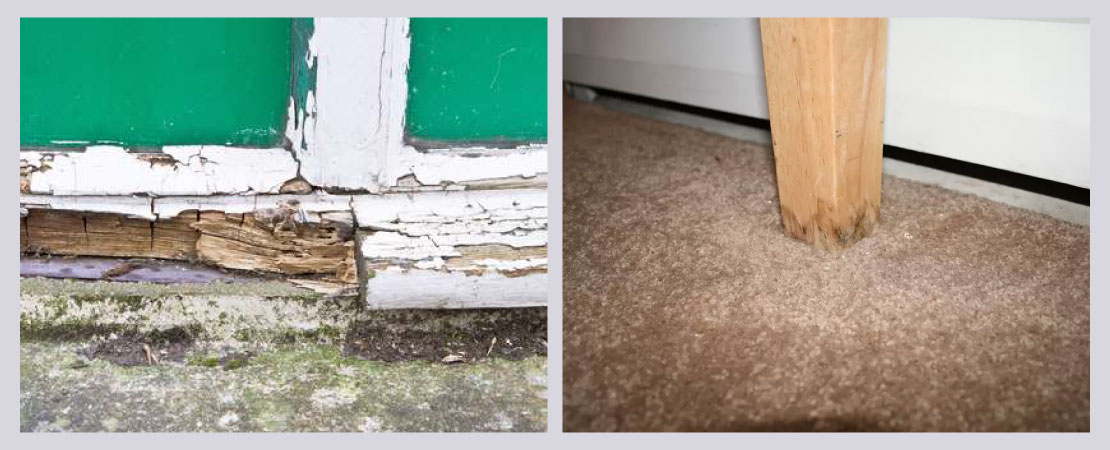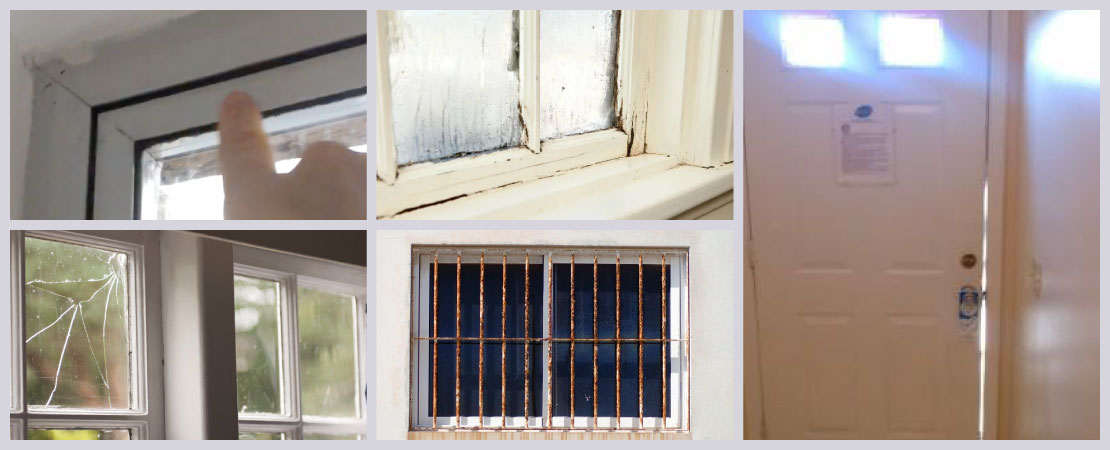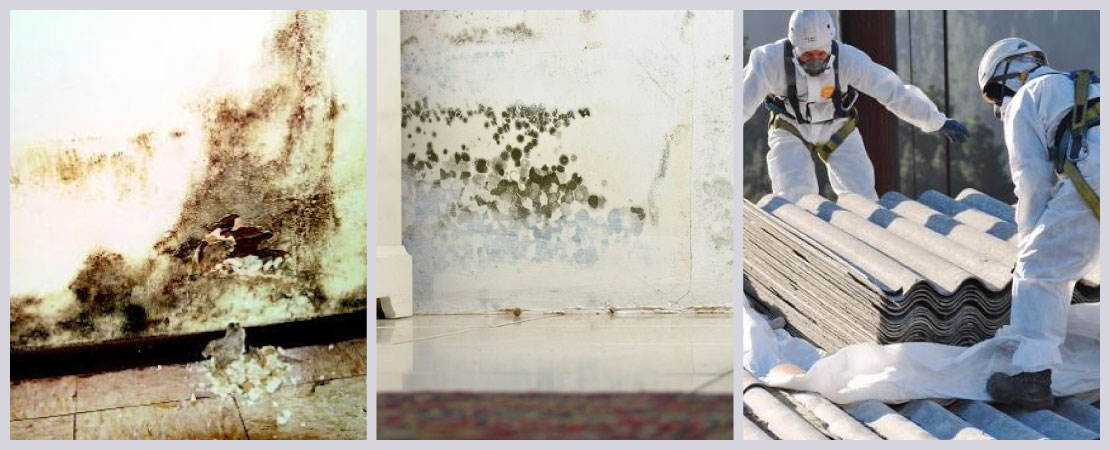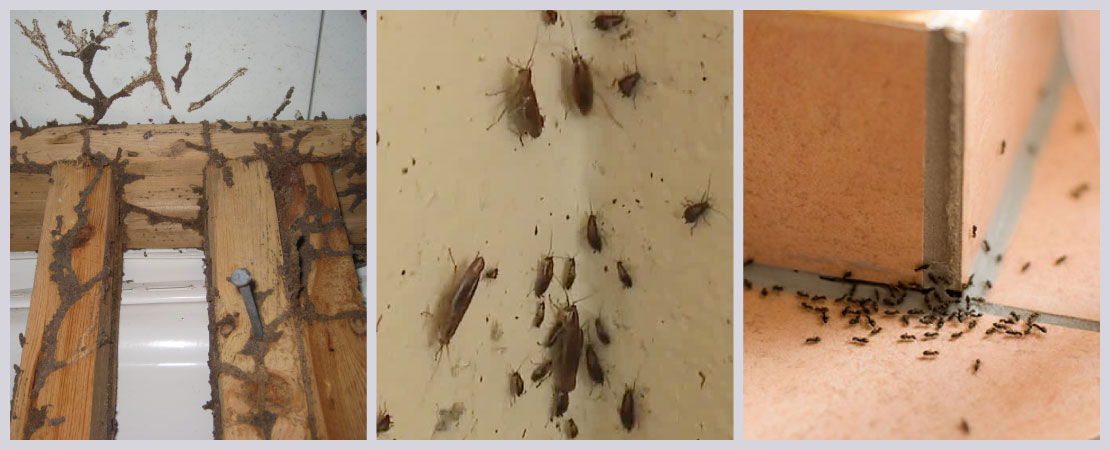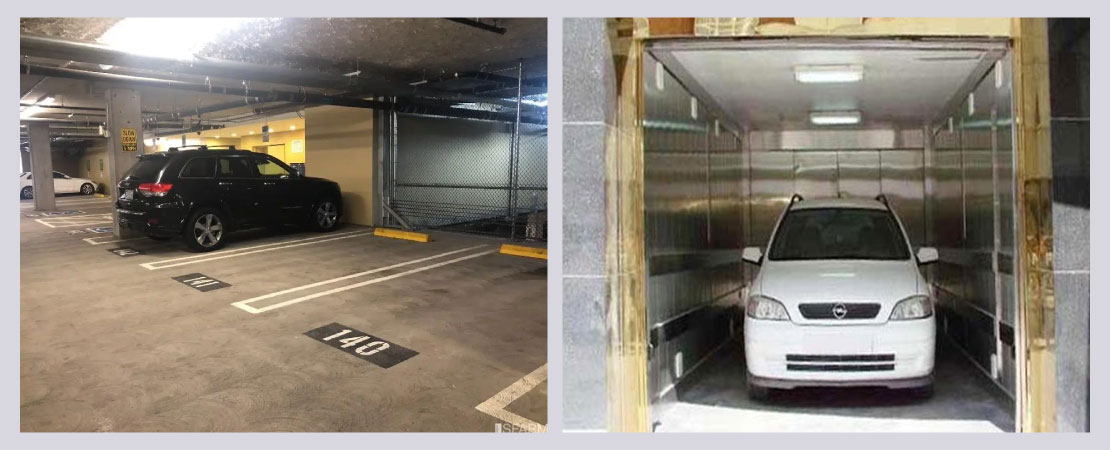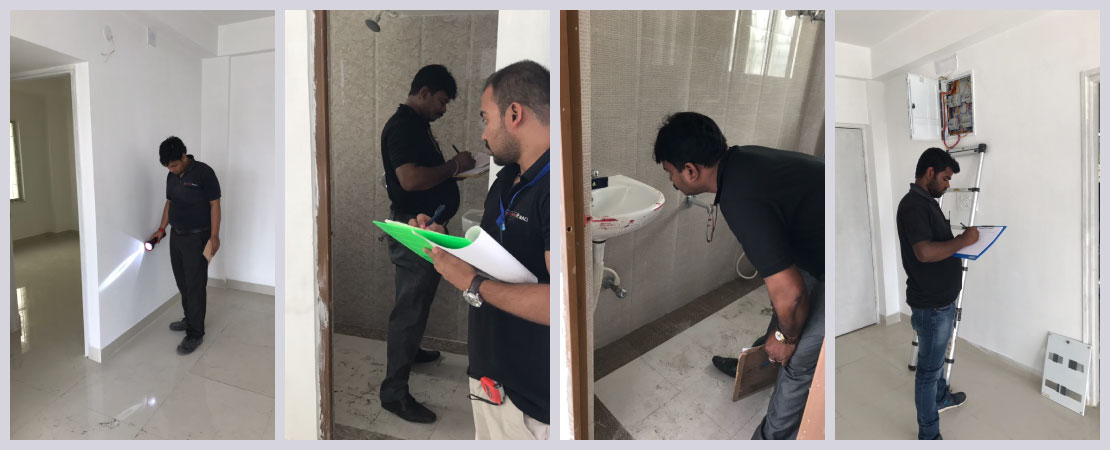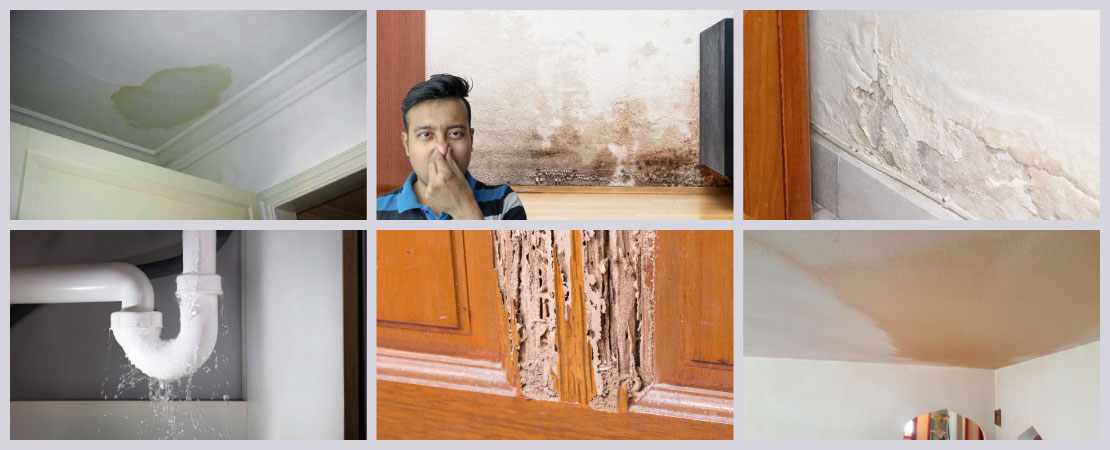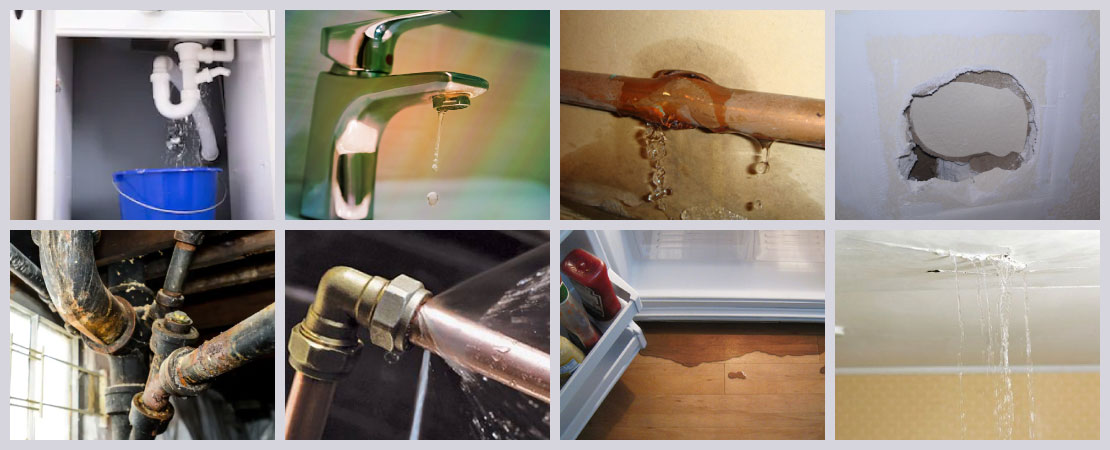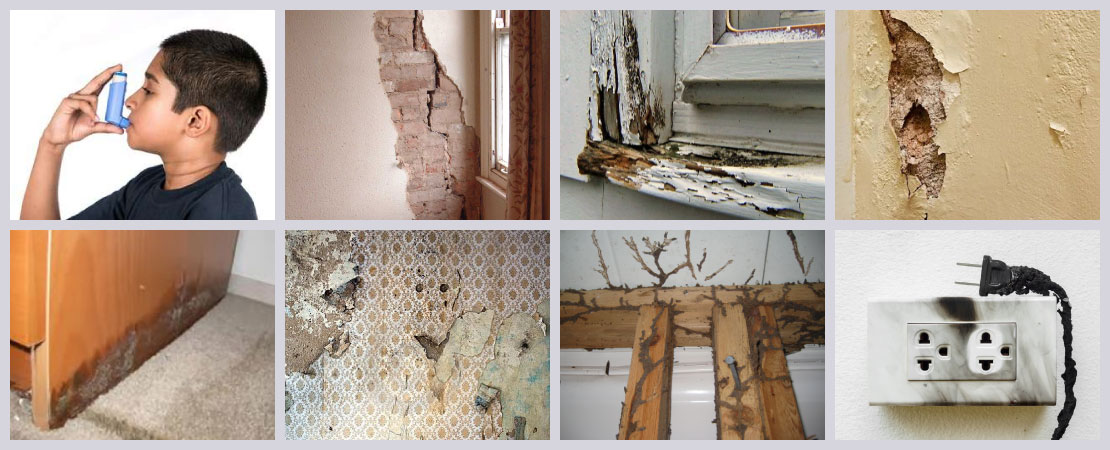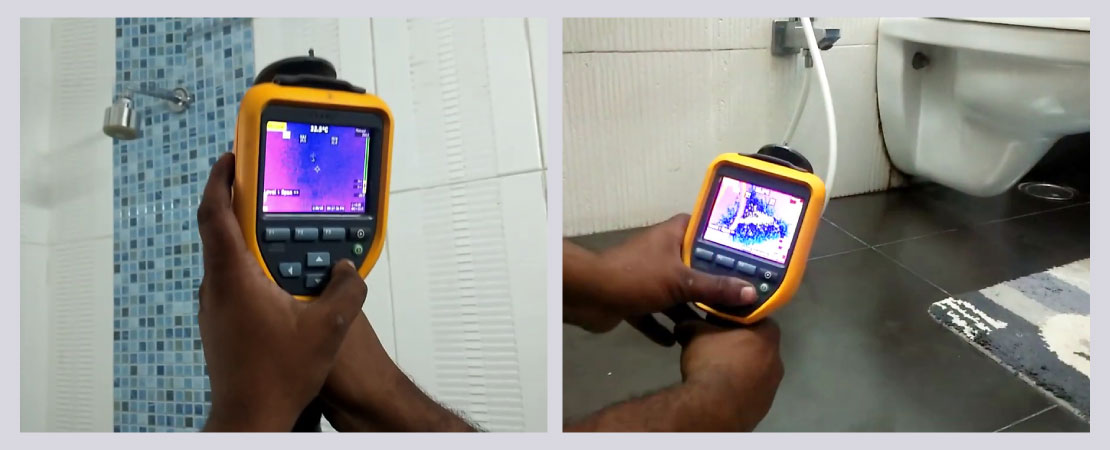Haryana Real Estate Regulatory Authority (HRERA), Gurugram has imposed a penalty of Rs 2.25 crore on three builders, besides ordering demolition by the Municipal Corporation of Gurugram of unauthorised construction. The action has been taken against the builders for advertising and selling their projects without getting them registered under the RERA Act.
The orders were passed by K K Khandelwal, chairman, HRERA, Gurgaon for violation of Section 3 (1) of the Real Estate (Regulation and Development) Act, 2016 by SPS Homes Builders and Developers, Vistaar Group and Royal Infra Buildtech. They have been asked to pay penalty of Rs 1 crore, Rs 75 lakh and Rs 50 lakh, respectively. MCG commissioner has been asked to demolish the unauthorised construction.
The main allegation against these builders was that they were advertising/marketing and selling apartments in their projects; SPS Homes (Sector 30), Saffron Homes (Sector 67) and Royal Homes (Sector 39) respectively through online portals and indulging in unauthorised construction.
The Real Estate (Regulation and Development) Act, 2016, which came into force on May 1, 2017, states that promoters are required to register the project before advertisement/marketing/selling of any plot, apartment or building, as the case may be, in any real estate project.
The authority had taken serious view of the malpractices being carried out by promoters without getting their real estate projects registered with H-Rera, Gurugram.
“Strict action of the authority will send the right signal to errant builders and go a long way in reposing faith of the allottees. Such strict action will also act as a deterrent for other builders who remain non-compliant towards the Act and the directions passed by the authority ,” said an official.
The RERA Act was enacted for regulation and promotion of the real estate sector and to ensure sale in an efficient and transparent manner to protect the interests of consumers.



